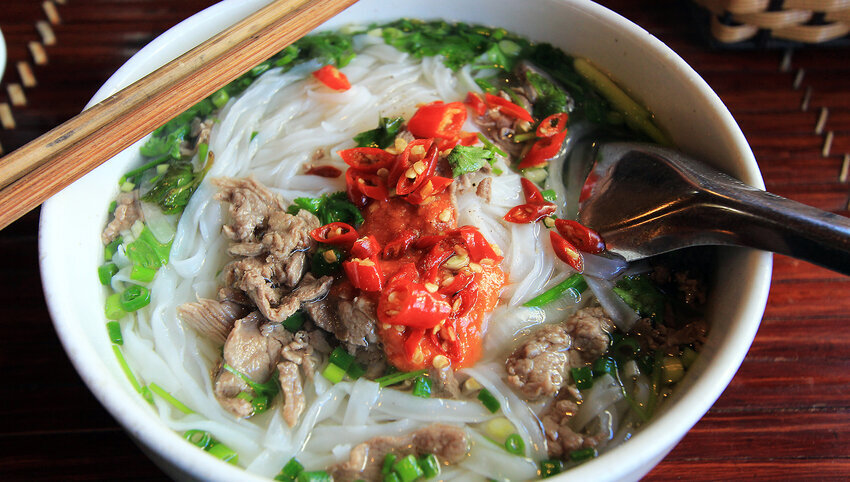One of the greatest pleasures of traveling the world is indulging in mouthwatering local cuisine. From hearty comfort foods to delectable sweet treats, many of these dishes offer a fascinating glimpse into the culinary history of the cultures where they were invented. Plus, they’re just plain delicious. Expand your palate when traveling abroad by sampling foods you’ve never experienced before. Here are 15 irresistible delicacies from around the world that you need to try.
Lutefisk — Norway
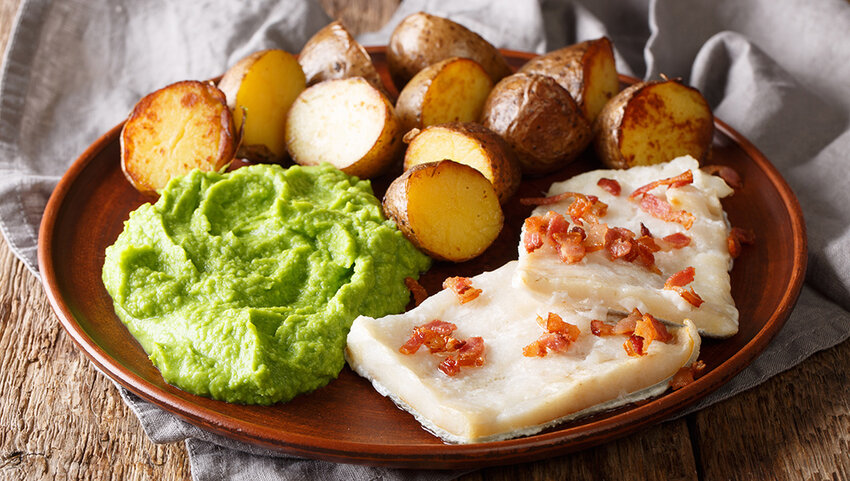
Scandinavians love to eat fish, and the semi-translucent and gelatinous dish known as lutefisk is a Nordic classic. Originating in the 16th century, the secret to developing a perfect lutefisk texture is to soak a whitefish in water for 5-6 days, then lye (aka sodium hydroxide) for 2 days, and finally water again for 4-6 days. The fish are then covered in a layer of salt and either steamed or baked before being served alongside boiled potatoes, mashed peas, and fried bacon. Interestingly enough, Scandinavian immigrants have made lutefisk a popular regional treat throughout the state of Minnesota, allowing some Americans to try it back home even if they can’t make it over to Norway.
Masala Dosa — India
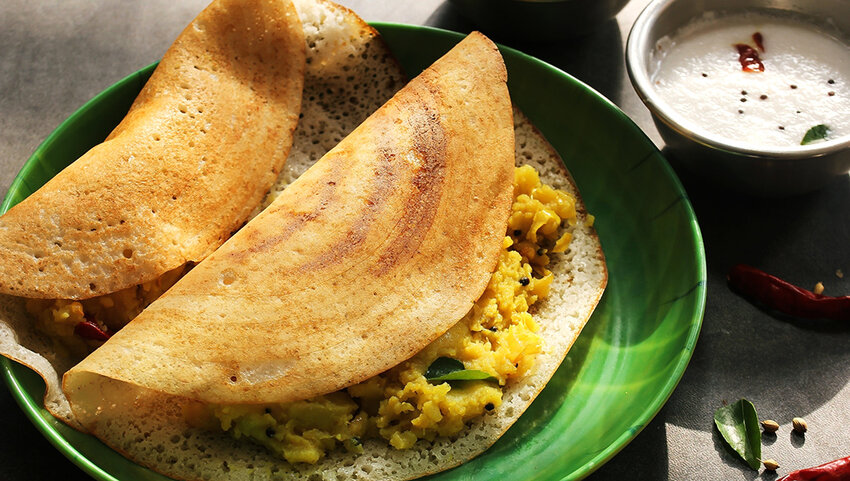
Masala dosa is a savory type of pancake popular in the southern portion of the Indian subcontinent. This isn’t your typical sugary pancake, but rather one made from a mix of soaked rice and lentils that are cooked into a thin tube. Each masala dosa is then stuffed with filling ingredients such as potatoes and onions, before the dish is topped with coconut and coriander, and served alongside various sauces and chutneys. You'll have a hard time finding a more filling and satisfying dish anywhere in the country.
Pho — Vietnan
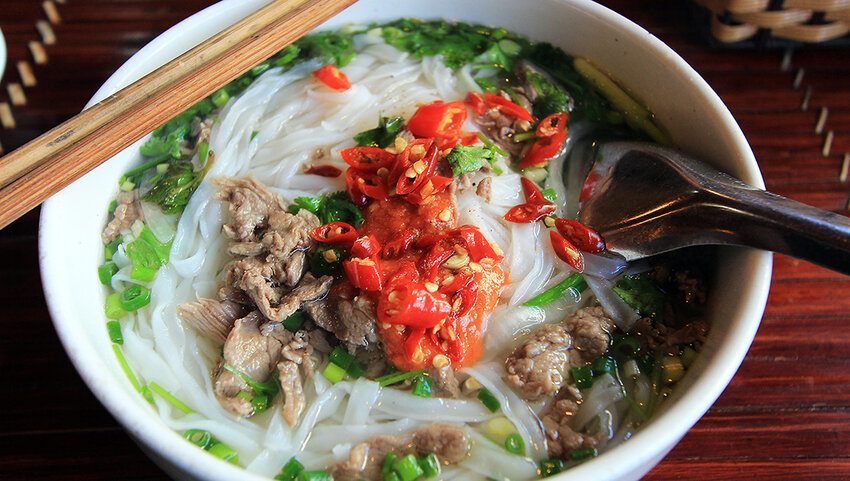
There’s nothing that hits the spot quite like a warm bowl of pho, a noodle soup served in the country of Vietnam. To properly prepare pho, chicken or beef bones are stewed in broth for several hours, thus creating a deep, umami flavor. That rich broth is then perfectly complemented with soft rice noodles, tender strips of meat, and plentiful handfuls of bean sprouts. Each person can customize their pho to their liking, throwing in some fresh mint leaves, spicy slices of jalapeño peppers, and some sweet and salty hoisin sauce to add even more depth of flavor to the soup base.
Poutine — Canada

Poutine is a traditional Quebecois dish that was invented back in the 1950s. This hearty and indulgent side dish includes a base layer of french fries topped with cheese curds and brown gravy. The fries are often a coarser cut than normal fries, allowing them to develop a crispy exterior while maintaining a soft bite inside. You’ll find poutine on the menu everywhere from diners and pubs to hockey stadiums and street stands. While traditionalists may tell you to stick to the original recipe, poutine vendors throughout Canada are known to experiment with toppings such as brisket, foie gras, and truffles.
Stroopwafel — Netherlands

You haven’t quite experienced decadence until you’ve tasted a Dutch stroopwafel. This sugary treat was invented in the city of Gouda — the namesake of the equally delicious Dutch cheese — back in the 18th century. Each stroopwafel consists of two thin wafers filled with syrup, sugar, butter, and cinnamon, and the cookie is often served along with a hot cup of coffee or tea. In fact, stroopwafel is often carefully placed atop the warm beverage when served, allowing its contents to become extra gooey before snacking.
Uni — Japan
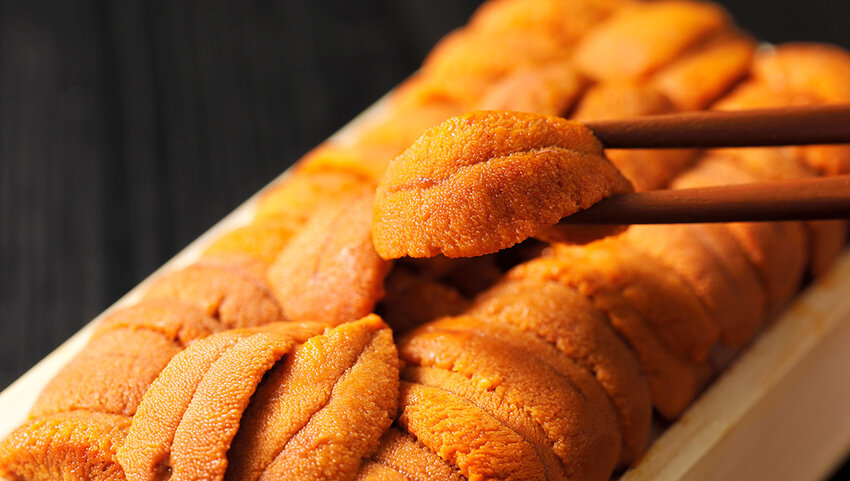
Uni is a creamy, bright orange delicacy in Japan, though it may not be clear where it comes from at first glance. The answer? Sea urchin. That’s right, uni is the Japanese name for the organ of a sea urchin that produces its roe, and is the only edible part of the otherwise spiny creature. Uni is considered the highlight of many Japanese menus, and often shines as the centerpiece of sushi tasting menus known as omakase. Uni can be served over rice, on its own, or accompanying a nice slab of wagyu beef. However you enjoy uni, it’s absolutely worth trying.
Bacalhau — Portugal
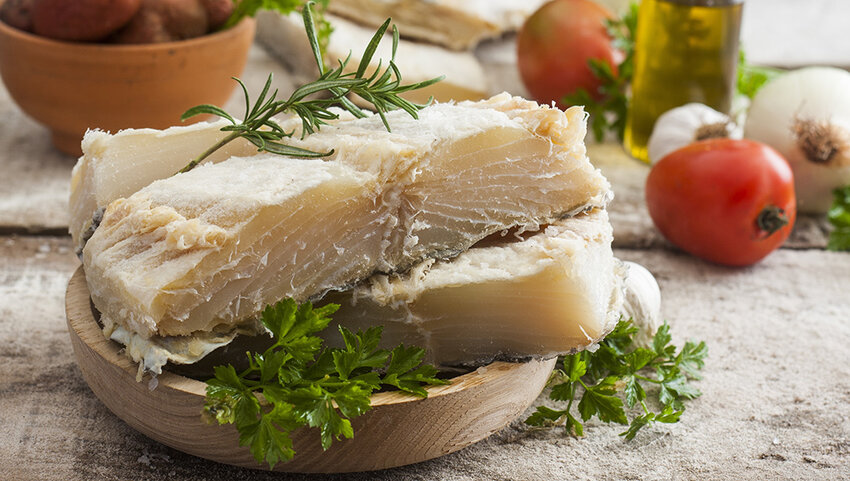
Bacalhau is a salted and dried cod that’s deeply important in Portuguese cuisine, so much so that it's often served on important days such as Christmas Eve and Easter. The cod used to prepare bacalhau is originally caught in the colder waters off the coast of countries such as Norway and Iceland. It was first discovered by Portuguese sailors between the 1400s and 1600s. Bacalhau is often served alongside crispy fritters and potatoes, savory onions and olives, and other similar complementary side dishes.
Bunny Chow — South Africa
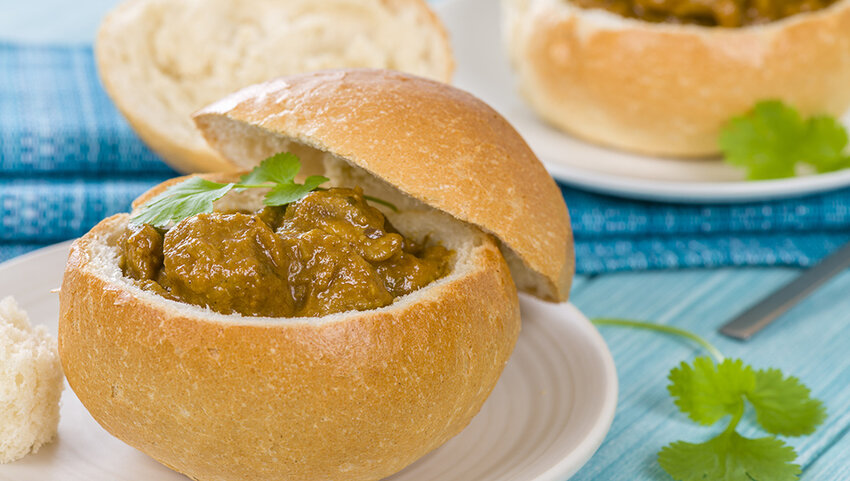
Bunny chow is a South African staple that falls somewhere between a bread bowl and an open-faced sandwich. This beloved local treat dates back to the 1940s, and consists of a hollowed-out loaf of bread stuffed with a hearty stew made from beans, chicken, lamb, or mutton. As the story goes, bunny chow was created by Indian laborers in the city of Durban who were prohibited from entering restaurants during Apartheid. One creative takeaway owner decided to use loaves of bread to hold the curries, and so bunny chow was born. The meal is traditionally eaten by hand, so leave your utensils behind and scoop up a big, heaping handful of this flavorful stew.
Chłodnik — Poland
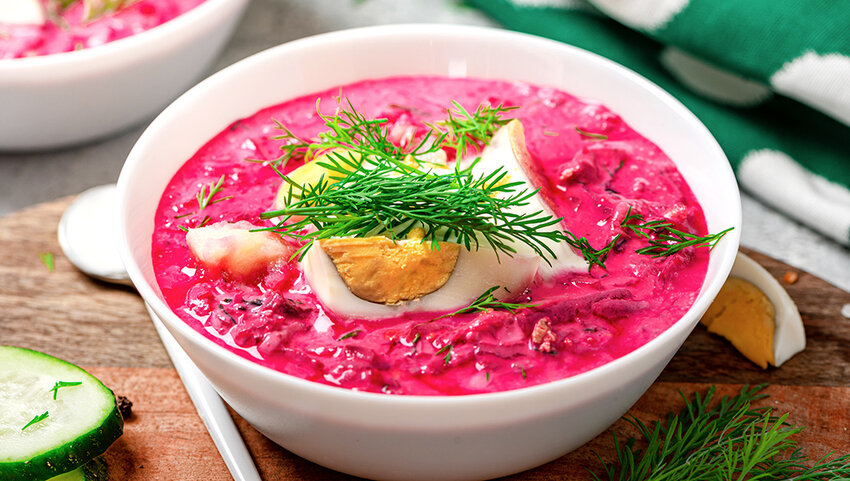
Chłodnik is a catch-all Polish term for cold vegetable soup, though the most popular choice is a version made from beetroot known as chłodnik litewski. Each bowl of this refreshing broth is made by blending beetroot with cucumbers, radishes, and a dairy element such as yogurt or sour cream. The soup develops a bright pink hue during the preparation process, making it appealing to the eye. Finally, the dish is garnished with hard-boiled eggs, dill, and chives before being served. If possible, it’s best to let chłodnik sit for two days prior to eating, as that allows enough time for the ingredients to combine and produce optimal flavor.
Cuy — Peru
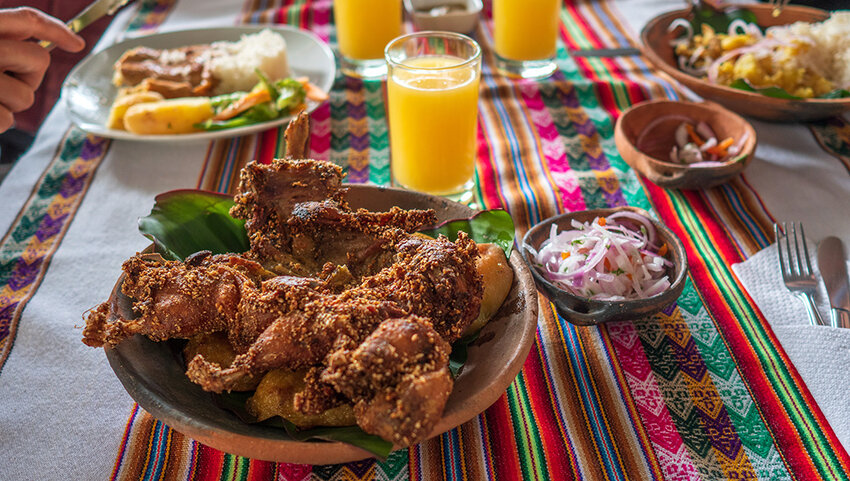
This Peruvian delicacy isn’t for everyone, as cuy (pronounced “kwee”) is the local term for guinea pig. For over 5,000 years, guinea pigs have provided necessary sustenance for inhabitants throughout the Andes — a culinary tradition that continues throughout Peru today. In fact, the meal is so popular among locals that cuy has its own public holiday in October. Popular ways to prepare cuy include a spit-roasted guinea pig known as “cuy al palo,” or a deep-fried version called “cuy chactado.” Either way, keep an open mind, as you may be surprised just how delicious this Peruvian delicacy truly is.
Fried Tarantulas — Cambodia
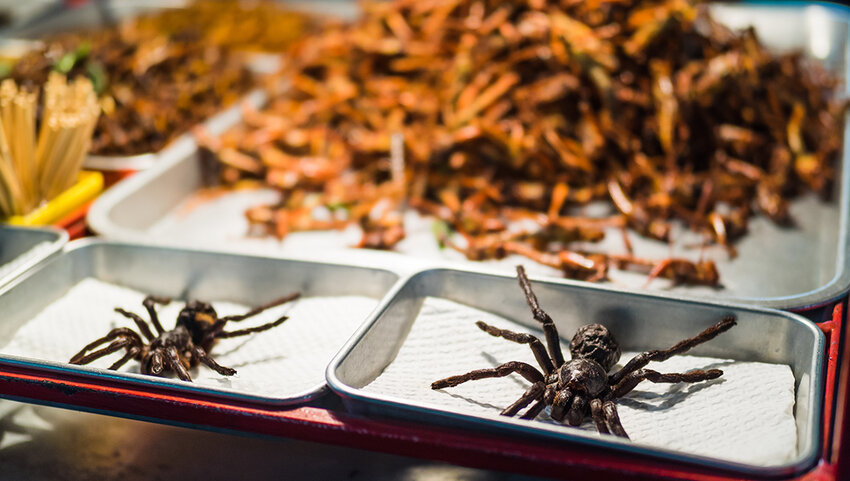
Southeast Asia is famous for its culinary traditions that are deeply unfamiliar to those living in the United States. One such unusual custom can be found in the city of Skuon, Cambodia, where chefs serve up plates of fried tarantulas — a dish known in the local Khmer language as “a-ping.” Cambodians discovered the nutritious value of tarantulas during the tumultuous 1970s, and the meal has remained popular ever since. Fried tarantulas are crispy on the outside and have a gooey texture inside with a taste often compared to chicken. All you need to do is overcome your arachnophobia to enjoy some a-ping for yourself.
Khachapuri — Georgia
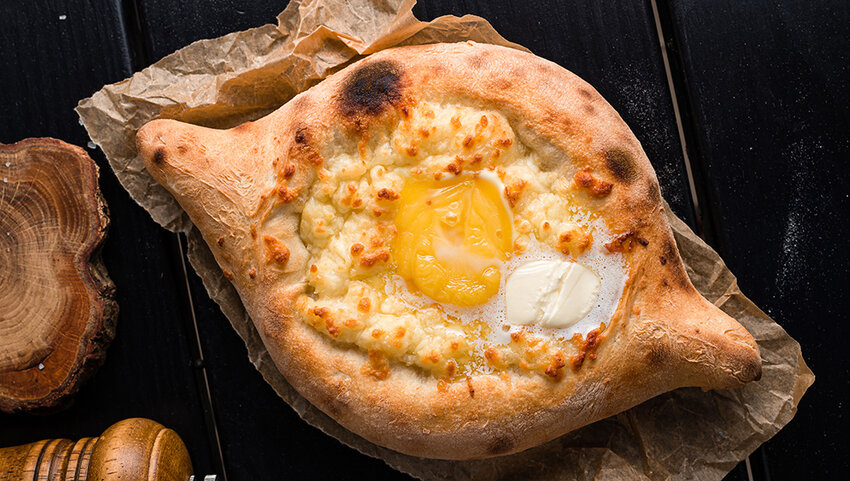
If you thought you knew cheesy bread here in America then think again. The country of Georgia — located in the Caucasus region of Eurasia — is heralded for its gooey delicacy known as khachapuri. This beloved national dish often consists of a bread boat filled with a sour and salty Georgian cheese called sulguni, which is then topped with even more melted cheese plus eggs and butter. In order to properly enjoy this savory treat, diners tear off pieces of the bread to dip into the oozing center. While khachapuri is often served as a shared appetizer, it can also be enjoyed as a whole meal.
Khao Soi — Thailand
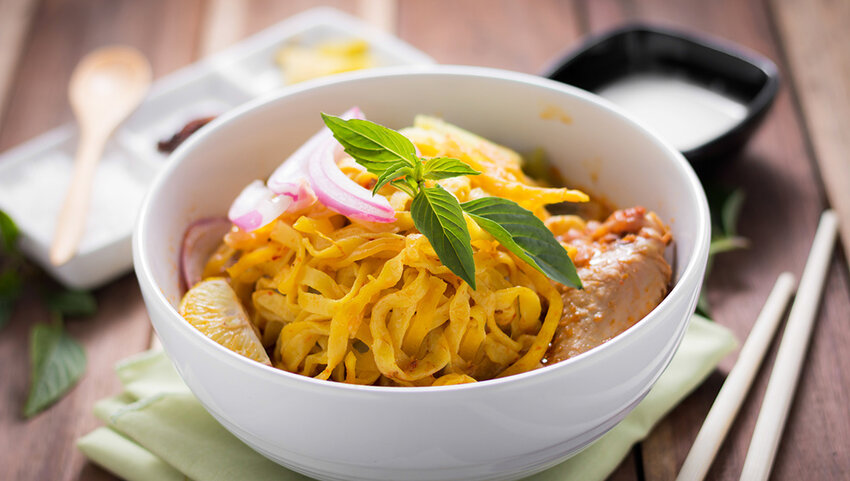
Considered the signature dish of northern Thai cuisine, khao soi is a coconut soup topped with a hodgepodge of delicious ingredients. The broth combines coconut milk and red curry paste to form a creamy and slightly spicy base. The soup is then served with egg noodles, a variety of meats to your liking, fresh cilantro for some added pop, and crispy fried noodles to top it all off. You can alter each individual bowl of khao soi depending on your personal preference, as diners are also encouraged to squeeze some fresh lime on top and add in pickled cabbage and chilis. The dish is popular in the neighboring country of Laos as well, so be sure to order a bowl if visiting Southeast Asia.
Kopi Luwak — Indonesia

If you need a daily caffeine fix in Indonesia, then it’s worth trying a cup of Joe brewed using one of the world’s most expensive coffee beans. This regional drink is known as kopi luwak, and is made using beans that have been eaten and digested by a catlike mammal called a civet — or “luwak” in the local dialect. It’s said that the creature’s digestive tract helps break down the beans so that they develop a softer and smoother flavor. Oh, and don’t worry, the beans are washed before being ground and brewed. The only drawback is the cost, as a single pound of this aromatic bean sells for upwards of $100 in U.S. currency.
Koshari — Egypt
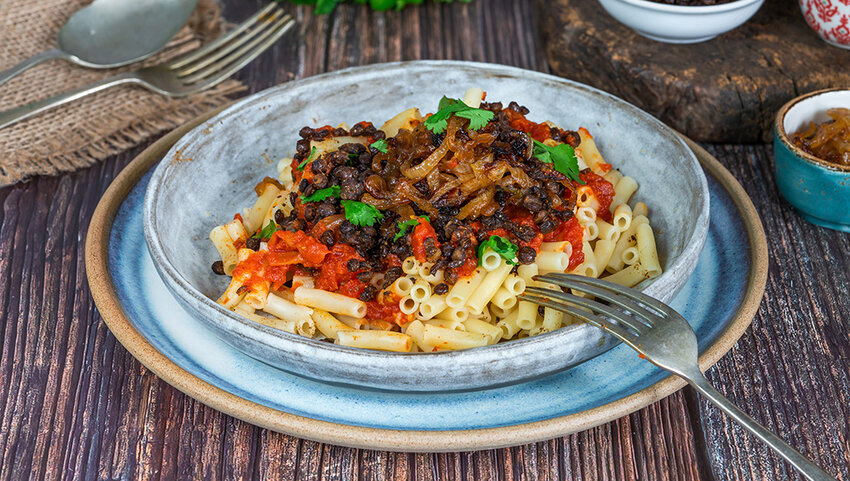
While winding through the streets of Cairo, you’re bound to find countless vendors selling hot bowls of koshari, the national dish of Egypt. This highly regarded local meal was inspired by the Hindu dish “khichri,” which combines rice and lentils. Egyptians took the meal one step further, mixing together macaroni noodles, lentils, rice, and a spicy tomato sauce. The dish is slowly simmered before being topped with fried vermicelli and browned onions for an added pop of savory crunch in each bite, and you can also throw in some lamb or beef if you’re looking for a heartier bowl. Just keep your eyes peeled for the local koshari man and your stomach will thank you.

